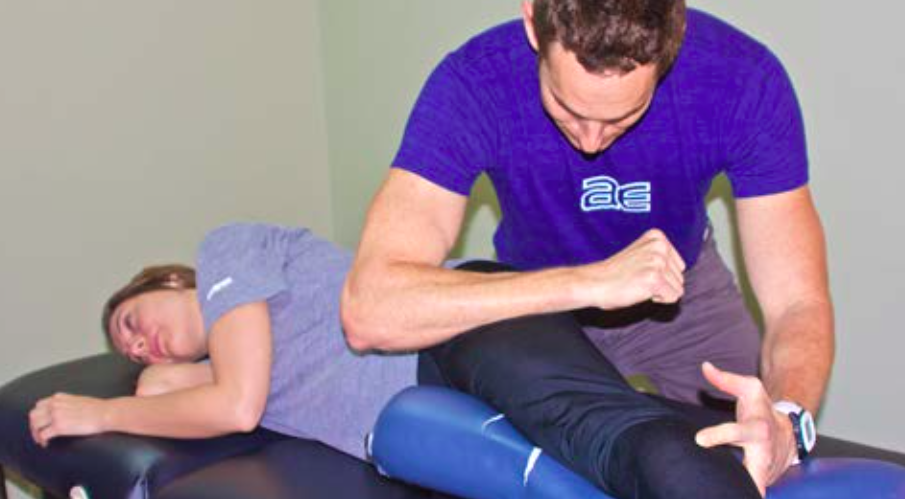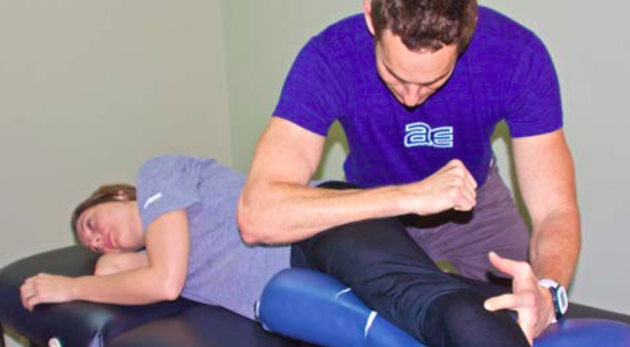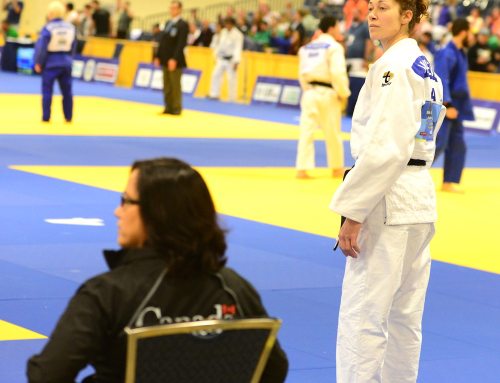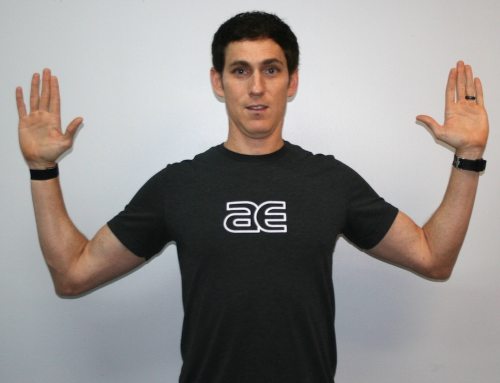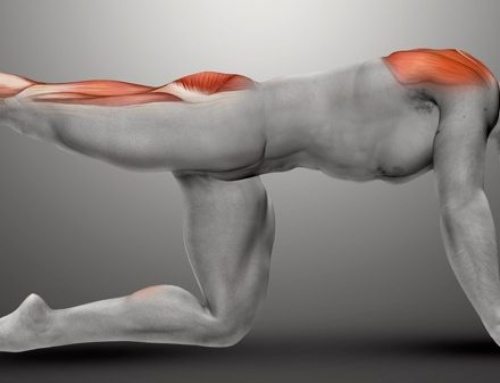By Brian Diaz
A Review of Common PT Strategies
By now almost all of you have read or heard lectures ad nauseum about the importance of recovery. Some of you may even be taking steps to help alleviate most of the symptoms associated with overuse on the front and back end of your workouts. I love that I am seeing more and more people dragging soft tissue self-massage tools to the track with them and having foam rollers of various shapes and sizes waiting for them at their cars or desks when they get back.
While the benefits of compression socks and sleeves during the training session has not shown much benefit in the research, the same socks and sleeves after the workout has helped in recovery. Some have gone even further, investing in complex and expensive compressive aids like NormaTec’s advanced recovery systems.
Some have taken steps to ensure their maximum recovery at night with self-monitoring sleep aids like the Fitbit® and Jawbone®. Wearables are a growing sector in the sports and fitness arena and we have tremendous tools to monitor tons of data to let us know when to rest, when to wake, and when to let it rip!
Rest and recovery are important aspects in training. From the moment one training session ends to the start of the next, nutrition, mobility, and sleep are crucial components of helping us recover faster and ultimately allowing us to train harder and remain injury-free. Unfortunately, this can be overwhelming and many of us are still not sure how to use all this information, technology, and tools correctly.
The average endurance athletes that end up in our clinics have gone beyond the point of what I would call “preventative recovery” and has entered the stage of full-on repair. Their bodies have been broken down by repetitive stress without a proper balance of the aforementioned recovery strategies after hard training sessions. Sleep pattern disruption coupled with stress at work weighs on the immune system possibly causing systemic inflammation and makes their condition even worse. This is when they come seeking treatment and inquiring about the options they may have to get them physiologically sound once again.
Most athletes just want to return to activity as soon as possible. Many aren’t likely to listen to doctors’ and physical therapists’ advice to take some time off. This article is a review of some of the more effective treatment strategies that our clinic uses on a regular basis for the recreational and professional endurance athlete alike. Please see a local treatment provider for more details regarding these techniques.
Instrumented-Assisted Soft Tissue Mobilization
This manual therapy technique uses hard acrylic or metal tools to apply deep pressure to muscles, tendons, ligaments, and/or restricted fascia. Instrument-assisted soft tissue mobilization facilitates faster recovery times by being able to identify soft tissue adhesions at a deeper level than the hands are able to detect. Studies have shown resolution of symptoms when incorporating IASTM into treatment for those battling both acute and chronic tendon dysfunction. Other common names for this type of instrumented-assisted soft tissue mobilization include Graston®, ASYTM®, and SASTM.
Dry Needling
The contractions of knots found in trigger points are the source and production of pain. Dry needling uses a solid filament needles to elicit a localized twitch response directly into the myofascial trigger point. Interrupting this spinal cord reflex is the first step in breaking the pain cycle. Dry needling creates a localized inflammatory response causing in an increase in blood flow and interference of nociceptor membrane channels. A group of scientists from George Mason University found success with trigger point dry needling in individuals with chronic and myofascial-related pain. Outcomes included pain, mobility, and function all of which showed significant improvements after three weeks of dry needling treatment.
Joint and Soft Tissue Mobilizations combined with Movement
Providing joint mobilizations with the patient actively moving the affected area promotes normal alignment in a weight bearing and/or more functional position. This technique was initially used to treat spinal pathology but has now been proven effective in treating all joint dysfunction from cervicogenic headaches to decreased ankle mobility. Similarly, soft tissue mobilization combined with movement allows pressure to be applied throughout a muscle’s shortened and lengthened position. Both of these treatments address faulty mechanics from a more functional perspective while providing longer-lasting benefits than traditional manual therapy methods. Other common names for these types of manual procedures include Mulligan Concept MWMs and Active Release Techniques®.
# # #
Brian Diaz is the head physical therapist and sports specialist at ActivEdge Fitness & Sports Performance. He is a Level II Certified TRX Suspension Trainer and a USA Triathlon Certified Coach. Follow him on Twitter (@JediTriathlete) or go to his website at ExperienceTheEdge.com for more exercise ideas.


